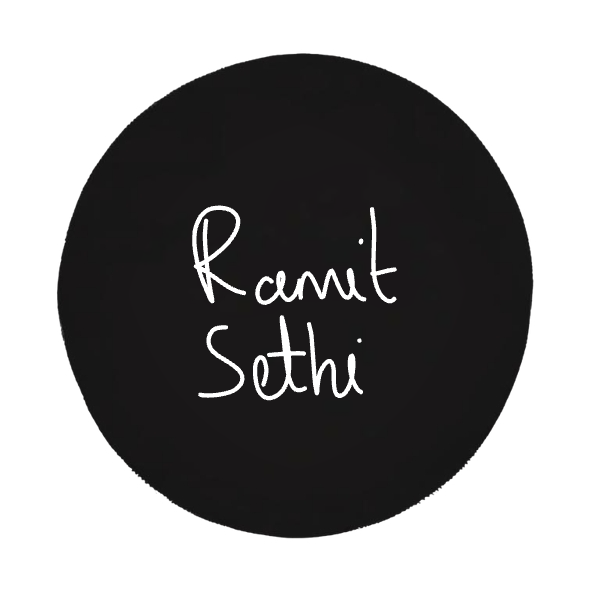Objective
To assess whether Ramit Sethi, personal finance advisor, author, and host of “I Will Teach You To Be Rich”, aligns with the INTJ (Introverted, Intuitive, Thinking, Judging) personality type by examining his behavior, communication style, decision-making, and public persona.
Framework: MBTI Cognitive Functions
- Ni (Introverted Intuition) – dominant
- Te (Extraverted Thinking) – auxiliary
- Fi (Introverted Feeling) – tertiary
- Se (Extraverted Sensing) – inferior
Data Collection: Observed Traits of Ramit Sethi
- Long-term vision: Advocates for building a “rich life” based on personal values, not just financial optimization.
- Highly strategic: Promotes systems-based thinking (e.g., automate finances, plan spending ahead) to reduce decision fatigue.
- Direct and logical: Speaks with assertiveness and precision, using clear frameworks and rules.
- Values internal congruence: Urges people to spend extravagantly on things they love and cut mercilessly on things they don’t—aligning with deeply personal definitions of value.
- Minimal tolerance for BS: Publicly calls out ineffective advice and superficial tactics; shows little patience for inefficiency or emotional manipulation.
- Controlled sensory environment: Prefers polished, minimalist aesthetic in his brand and media presence; not impulsive or flashy.
Pattern Analysis via Cognitive Functions
Ni (Dominant Introverted Intuition)
- Evidence: Ramit promotes an abstract yet specific concept of a “rich life,” individualized and long-range. He encourages people to define their own vision of success and reverse-engineer toward it.
- Analysis: Ni users are future-oriented, seeing long-term trajectories others overlook. His focus on intentional lifestyle design and mental models over surface tactics strongly signals dominant Ni.
Te (Auxiliary Extraverted Thinking)
- Evidence: Ramit breaks down complex decisions into actionable systems and steps—automate savings, create conscious spending plans, set up calendar-based financial reviews.
- Analysis: Auxiliary Te seeks clarity, structure, and results. His emphasis on systematizing life for efficiency reflects a high-functioning Te.
Fi (Tertiary Introverted Feeling)
- Evidence: Advocates for aligning money with deeply held personal values—what makes you feel rich. Frequently challenges people to reflect on what they truly care about.
- Analysis: Tertiary Fi manifests in strong internal convictions about value and identity. Ramit uses logic to empower people to live authentically, without emotional overexposure.
Se (Inferior Extraverted Sensing)
- Evidence: Maintains control over his external brand and avoids hype-driven, sensory-overload marketing. His show is polished and minimal, never flashy or impulsive.
- Analysis: Inferior Se often appears in a restrained relationship with the physical world—selective about aesthetic input and slow to embrace chaotic novelty. Ramit engages sensory tools strategically, not reactively.
Conclusion
- Dominant Ni → vision-driven, future-focused strategy
- Auxiliary Te → logical systems, structured action plans
- Tertiary Fi → personal values dictate lifestyle and financial decisions
- Inferior Se → minimalistic, controlled use of sensory engagement
Synthesis
Ramit Sethi aligns well with the INTJ archetype: a visionary strategist who transforms abstract goals into tangible systems. His work is deeply rooted in helping others define and pursue long-term personal visions with clarity and precision. His communication is commanding, data-informed, and efficient, with little tolerance for emotional noise or superficiality. Underneath his structured surface lies a strong value system that guides his concept of a “rich life,” and his carefully curated brand reflects the INTJ’s preference for intentional, refined sensory input over spontaneity.
***
